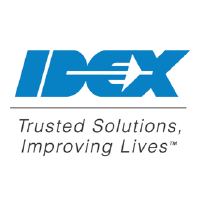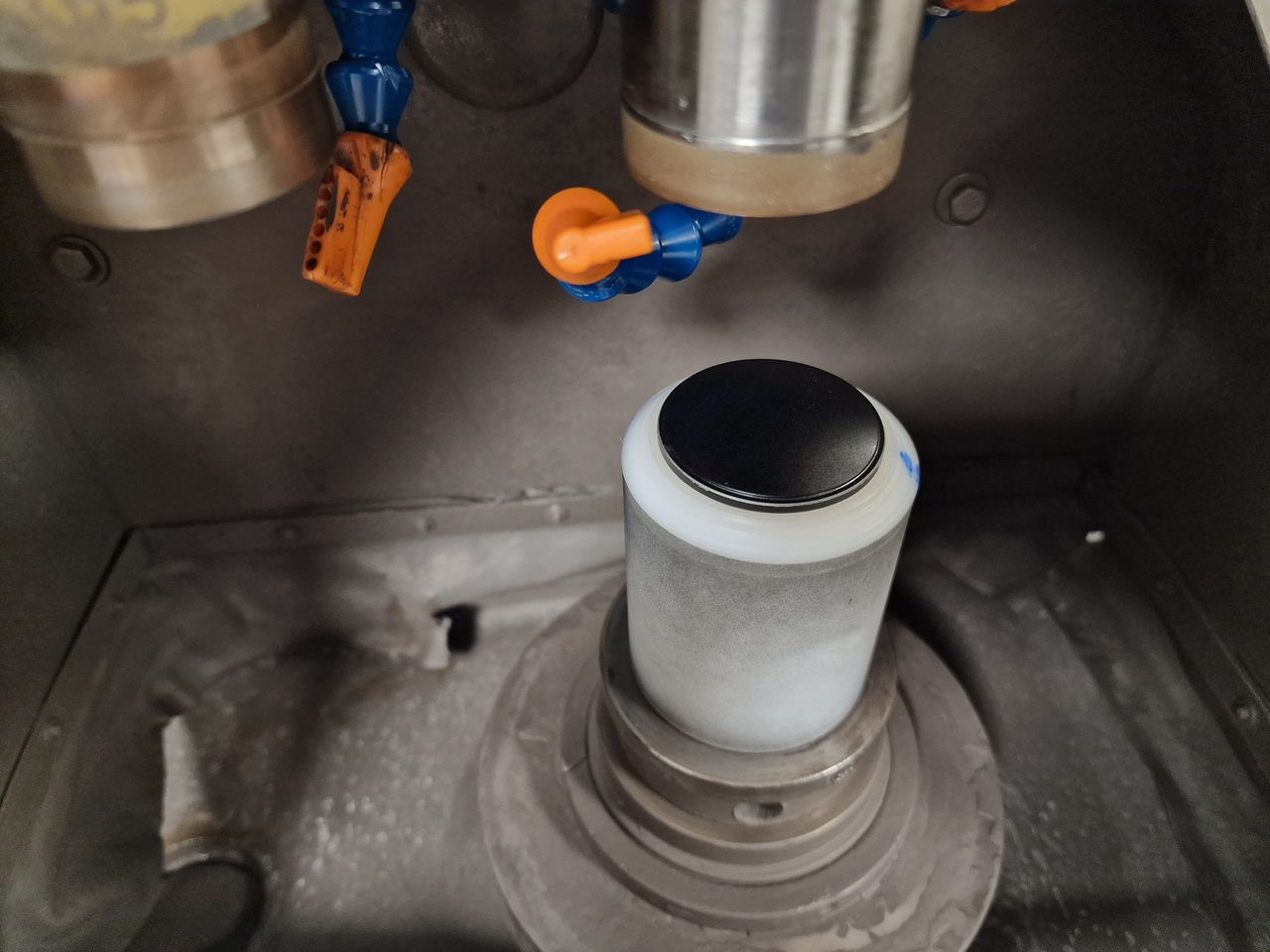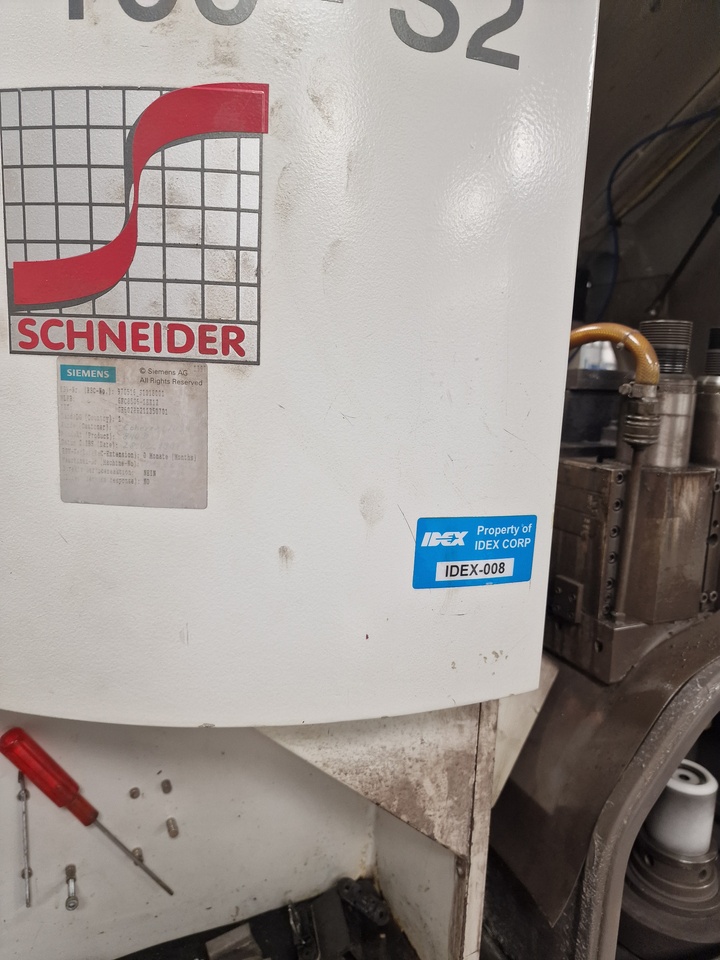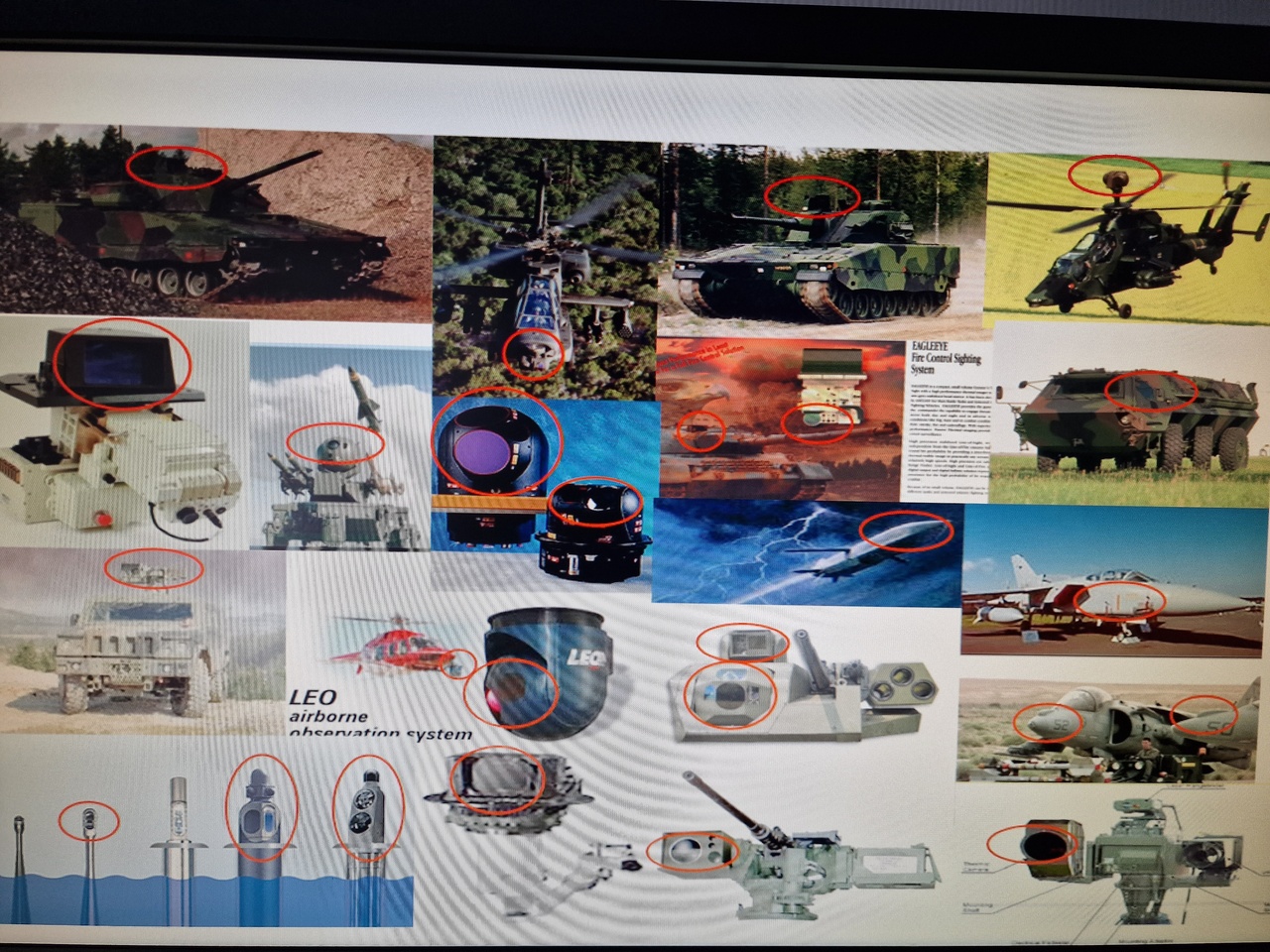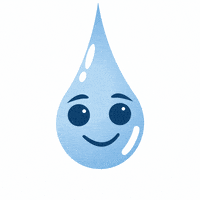Water - chemistry in everyday life
Today a topic is announced, which stood above all by Nestle $NESN (-0,22%) in the last few months. But even on hot summer days, our livelihood and the business behind it are discussed again and again.
What was with Nestle?
Nestle is almost permanently in the criticism. I expressly ask that the activities and personal opinions under the post not be made known. The business unit "Nestle Waters" operates production sites in about 34 countries, for example for the table water "Pure Life". The criticism behind this refers to the production sites in areas where there is traditionally a shortage and, in accordance with pumping, the groundwater level is further lowered. I will leave it open whether Nestle is primarily to blame in this respect. In any case, it is important to remember that water licenses are officially sold to Nestle in all countries. Nevertheless, some YouTubers have realized that they can generate a lot of attention and money by denouncing international corporations. I hope at least that they will think about this in the future when they enjoy their Wagner pizza or their Kitkat in live streams. Otherwise, that would be tantamount to a double standard ...
Whatever one may think about it. There is definitely a danger of nationalization in the event of water shortages at private waterworks. Therefore, I would generally exclude an investment in this respect. In drinking water treatment, however, one cannot do without the private sector. The uses of the individual products are too varied for them to be used specifically for water.
But what is the situation in Germany?
Based on the Food Act, Germany has the Drinking Water Ordinance. The aim of the ordinance is to protect human health and to ensure quality and purity. Since the 2012 update, the problems of legionella have also been taken into account. The suppliers are responsible for this.
More precisely defined are the data in the annexes of the Drinking Water Ordinance itself. https://www.gesetze-im-internet.de/trinkwv_2001/BJNR095910001.html
But how do I now manage to make water usable?
Of course, this depends first and foremost on your regional origin. Water always has different quality classes and must be processed differently accordingly. According to the German Federal Environment Agency, almost 63% of drinking water comes from groundwater. Significant differences exist, however, especially in the east/west comparison. The irregular and ruthless planned economy of the former GDR has left its mark on the environment even today. In general, however, there are always strong impairments along the industrial metropolises. While the Saale, Oder, Ruhr and Ems rivers in particular bear the marks of industrialization, the soils around the chemical sites of central Germany in particular are still heavily impaired. I have taken corresponding accusations from the Water and Soil Atlas.
But why this huge introduction now?
Both in the air and in the soil we have countless impurities or even toxic particles. These are washed out by rain, get into the soil and thus ultimately into the groundwater.
In the course of this, suitable methods must now be found to maintain our drinking water quality.
Basically, we have the possibility to separate the substances from the water mechanically, thermally or chemically.
How does this work?
Due to the difference in regional water qualities, drinking water treatment must of course always be considered very specifically. Nevertheless, chemical treatment with ozone is always the first step. The treated drinking water is then fed into the public network via mechanical separation stages, such as sedimentation and filtration, through to chemical separation with regard to the degree of flocculation and pH value regulation. Samples are regularly taken by the authorities and tested in independent laboratories.
But who benefits from drinking water treatment?
From a personal point of view, I consider the investment in a private drinking water producer, such as Nestle or Danone, as risky. $BN (-0,89%) as risky. One can be denounced too much in the public perception and the more likely a discontinuation of the table water can become. Furthermore, especially in countries where there are shortages, one may well expect nationalization of the production and treatment facilities.
In addition, there are lucrative and promising opportunities for participation in the suppliers.
An investment in the treatment of drinking water can necessarily be linked to the treatment of wastewater.
The most prominent representatives of the private sector in this regard are American Water Works $AWK (+3,25%) , known as the dividend king. In direct competition, if one can call it competition at all, is Essential Utilites, but also United Utilites. $WTRG (+3,09%) but also United Utilites $UU. (+0%) in Great Britain.
On the German market, by the way, Veolia $VIE (-0,38%) with its subsidiary Veolia Water dominates the German market. It holds countless stakes in municipal waterworks. All in all, according to its own website, it supplies about 5 million people in Germany with drinking water and processes their wastewater.
Apart from direct drinking water processing, there are also very lucrative suppliers of drinking water solutions and quality assurance. The best known example is probably Xylem $XYL (+1,33%) . In addition to fluid technology, which includes pump construction and other equipment, the analytics division is a sunshine for investors. The broad range covers the entire field of water analysis. This means that the company does not only participate in municipal water systems, but also in industrial customers who are subject to legal requirements. It is almost impossible to find a direct competitor that is so broadly positioned in this segment.
However, if you want to give it a try, KSB's pumps division is $KSB (-0,78%) is very representative in Europe. Whereas in the USA, IDEX $IEX (+0,61%) can offer an alternative in the field of technical pumps.
But also in the field of chemical water and wastewater treatment, some companies have specialized.
Ecolab $ECL (+2,32%) , better known for cleaning agents and disinfectants, has been owned by Nalco Water since 2011. The focus here is on water and wastewater treatment additives, which are also part of any drinking water processing. Notable among these are slime solvents for biocides and legionella, as well as corrosion protection additives and hardness stabilizers.
Another particular competitor is DuPont $DD (-2,43%) . In particular, the "Water & Protection" division. The focus here is on special resins that can adsorb specific substances from water and also filter them. Depending on the sourcing, this extends into the nano- and ultrafiltration range. Ion exchangers can also be used to ensure higher water purity.
Have you used water today? Then you have probably already come into contact with one of these representatives.
